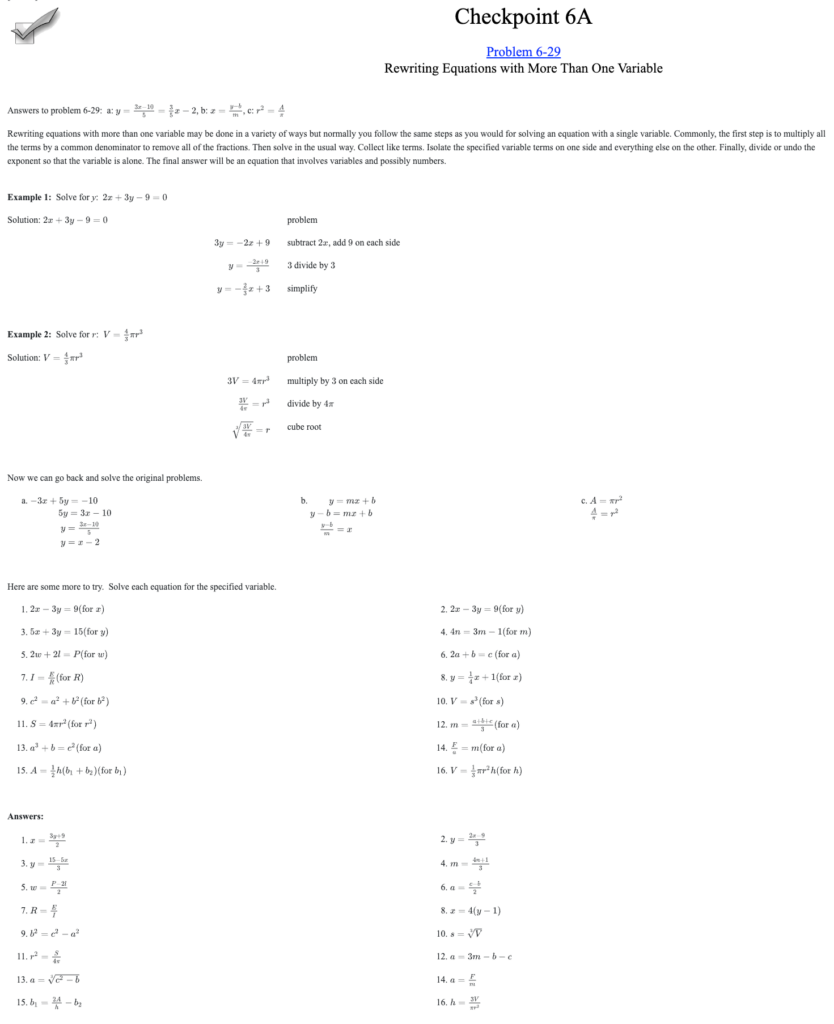Daniel Henderson, Millington, MD, DanielHenderson@cpm.org
October 20, 1968, Mexico City. Dick Fosbury, a gangly civil engineering student described by the press as a two-legged camel wearing mismatched running shoes, easily set a new Olympic record in the high jump. The manner in which he did it, known as the “Fosbury Flop,” changed track and field forever. When you envision the high jump now, chances are that what you are thinking of is the Fosbury Flop.
One of my favorite books about teaching math offers a Fosbury Flop for math class. The book, Peter Liljedahl’s Building Thinking Classrooms (2020) is action research at its finest. By running 15 years of experiments in over 400 classrooms, Liljedahl identified 14 practices that help students think. Taken together, these practices make Olympic-level learning heights attainable for most school children and previously unimaginable heights possible. But some of the practices Liljedahl identified make #ThinkingClassrooms look strikingly different from the classrooms that most of us are familiar with, and that is why I have taken to calling one of them in particular the Liljedahl Flop.
Of Liljedahl’s 14 practices, the most visible has to do with the space in which students work. There are many places students can work—they can work while sitting down at desks or tables, using their notebooks, laptops, or individual whiteboards; create posters at their desk or on the wall; work in a large group with full whiteboards at their desks or on the wall, or even, if you are old school enough, on chalkboards, windows, slate, or a shovel (you know, like Lincoln #HonestAbe). These are all places students can work. But where should they work? What is the optimal space in which most students do the most thinking and use their time in the classroom most productively?
To find out, Liljedahl enlisted teachers to run two-week long experiments in which students worked on the same surface every day, then he observed the classes and recorded what he saw. Chapter 3 of his book summarizes his findings succinctly in a very readable table. For each possible work surface (except laptops—the research is a little dated—and shovels—it’s not that dated), the table lays out several measures of how students worked, including how long they took to start talking about a task, how long it took for them to start writing about the task, how long they stayed on task, how many students meaningfully participated in their team’s discussions of tasks, how many different approaches teams tried, and much more.
Looking at Liljedahl’s table, several things stand out:
- Students working on vertical surfaces like whiteboards or wall-mounted posters were more eager to start and participated more than students working on horizontal surfaces.
- Regardless of surface orientation, students working on non-permanent, easily erasable surfaces participated more, persisted longer, discussed more, and attempted a greater variety of approaches within each team compared to students working on permanent surfaces.
- Students working on vertical, non-permanent surfaces (VNPSs) like wall-mounted whiteboards, chalkboards, or windows, spent 50% more time on task than they did working on the next best alternative (which, interestingly enough, were horizontal whiteboards, such as dry erase tabletops). They stayed on task more than twice as long as they did working in notebooks or on posters
- In total, students working on VNPSs did more thinking and problem-solving than students working on any other surface Liljedahl studied. On almost all measures, what most of us did in school—working in notebooks at our desk—was clearly the worst option.
To me, that data suggests that regular VNPS use is the math class equivalent of the Fosbury Flop. When teachers run classes on VNPSs, everything looks and feels different. I was skeptical, maybe even laughed the first time I saw it, but Liljedahl persuaded me, and then experience convinced me that VNPS work should be a daily staple in all classrooms.
So how can you start? First, put up some whiteboards and buy some dry erase markers. (There are tons of tricks for getting vertical whiteboards on the cheap online, and old T-shirts make great erasers). Then, you might start as Liljedahl does, with some non-curricular tasks. In middle school, you might try a Puzzle Investigator Problem (look behind your index) at a VNPS. In high school, grab a task or two from peterliljedahl.com or youcubed.org.
But you don’t have to start with non-curricular tasks. Within the structure of the curriculum, perhaps you start small by having students try the core problem at the VNPS. Consider a Teammates Consult or Listening Post STTS while standing at the VNPS. Another great idea is to use an I Spy STTS early and often with VNPSs. The wonderful thing here is that all it takes is for a team member to glance, look
over, or take a brief walk around the room to get ideas. This should be encouraged, as students learn from one another and expand on each others’ ideas. Eventually, you will want to work this into your classroom as the standard of how teams work on tasks during their class time together.
As you try VNPSs out, consider these coaching tips from Building Thinking Classrooms:
- Teams should only have one marker that is shared equally between all members.
- The team member who is writing on the VNPS may only write what they hear from their teammates.
- Students benefit from conversations about false starts and valuing interesting ideas, so encourage them not to erase everything.
For years I sensed that something about using VNPS might transform my classes, but failed to fully grasp it. How many times did I send students up to the board to share their thinking with the class and have students ask to go up next? How many times did I move students to posters around the room to boost engagement? If you have had these same experiences, then I humbly suggest you also make VNPSs your default work setting in a move I hope we can all call the Liljedahl Flop.


